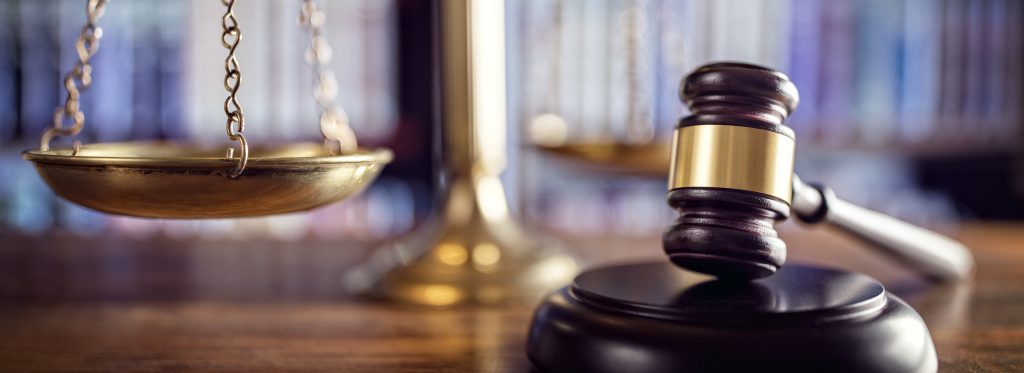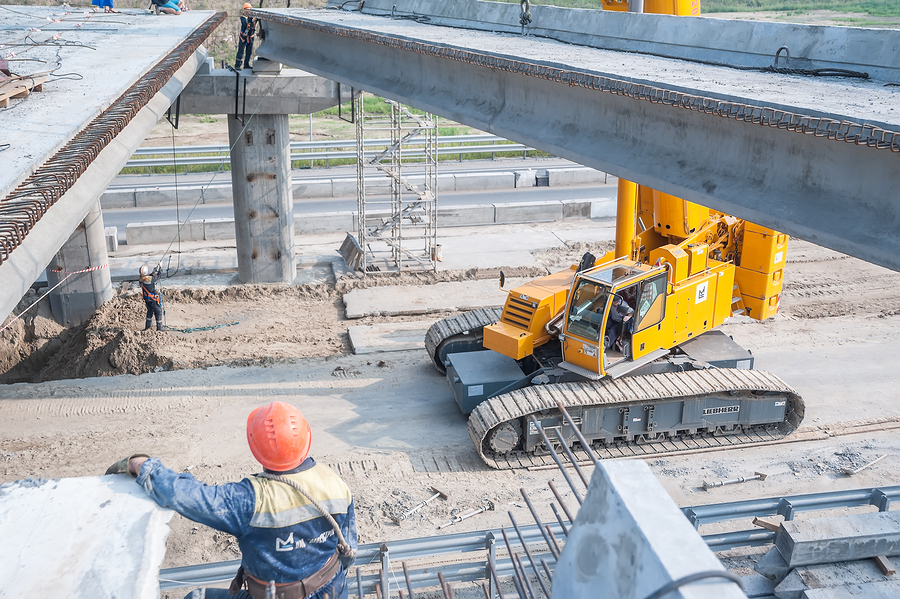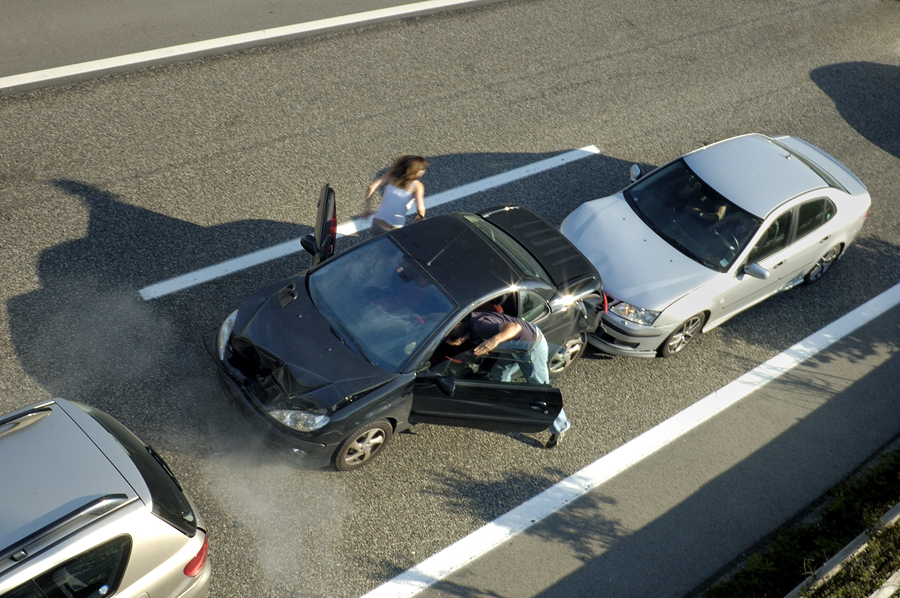Did you know that falls – not traffic crashes – are the leading cause of spinal cord injuries? That’s right. Slip-and-fall accidents cause 41.5 percent of spinal cord injuries, and falls also cause traumatic brain injuries, head, back, and neck injuries, broken bones, and even internal injuries.
If you are hurt in a fall on someone else’s property, do you have legal recourse? Can you be compensated?
Every year, thousands of people in California are injured, often seriously, from slipping or tripping and falling on a floor, stairs, or even on pavement that is – for whatever reason – slippery and hazardous.
A cracked sidewalk or potholes in a parking lot can cause serious injuries. So can a rug, carpet, or floor mat that curls up over time. As you might guess, the elderly suffer the greatest number of slip-and-fall injuries.
In California, if you’re injured slipping and falling on someone else’s property, and if you can prove that the accident happened because the owner of the property was negligent, you are entitled to compensation for your medical costs arising from the injury, your lost wages due to your injury, and all other injury-related losses and damages.
WHAT DOES IT TAKE TO PREVAIL WITH A PREMISES LIABILITY CLAIM?
Winning that compensation is not always easy, however. You are not simply handed reimbursement, even when you are legally entitled to it. In Southern California, you’ll need to have an experienced Pasadena premises liability attorney representing you and advocating on your behalf. You’re about to learn what it takes to prevail with a premises liability claim arising from a slip-and-fall injury.
A premises liability case arising from a slip-and-fall injury, in effect, asks and answers this basic question: If the owner of the property had been more careful, would the accident have happened anyway? Obviously, a property owner is not necessarily liable for every injury that might happen on his or her premises. We are all obligated to be alert and aware of our surroundings.
Every premises liability case, of course, is different, but generally speaking, the law requires property owners to take “reasonable” steps to keep their properties free of hazardous conditions.
The law seeks to balance the property owner’s general and reasonable obligation to keep a property safe with an injury victim’s own responsibility to be alert and aware.
WHAT MUST YOU PROVE FOR YOUR OWN CLAIM TO PREVAIL?
How is that balance achieved by the courts, and how are slip-and-fall cases resolved? Again, every case will have its own particulars and details, but to prevail with a premises liability claim, an injury victim – legally called the “plaintiff” – must show that at least one of the following three conditions existed at the time the injury occurred:
– The property owner or the owner’s employee should have known of the hazard, because a “reasonable” owner in the same circumstance would have known of the condition and repaired it.
– The property owner or the owner’s employee did, in fact, know of the hazard but did not repair it.
– The property owner or the owner’s employee caused the hazard.
In some instances, a property owner may not allow a Fair Housing Act emotional support animal which is against the law. They may not know the legal details, but most property owners generally understand that they are obligated by the law to keep their properties free of dangerous conditions.
Thus, most premises liability claims are concerned with what a property owner “should have known” and what “reasonable” action the property owner did or did not take.
Frequently, the two key questions in these cases are:
– How long was the dangerous condition present before the injury occurred?
– Was that a reasonable amount of time for the owner the repair the condition?
Even when a property owner learns about a plumbing leak, a cracked sidewalk, or a creaking stairwell, it may take several days to repair the condition or to arrange for contractors to repair it.
In the interim, a property owner should post warning signs or find another way to inform anyone who may be affected.
WHAT DEFENSES DO PROPERTY OWNERS USE AGAINST LIABILITY CLAIMS?
If you are injured and you accuse a property owner of negligence in a premises liability claim, in many cases that property owner will try to throw the blame back on you, the victim.
The defenses that property owners may offer against premises liability claims include:
– The victim was distracted and was not paying attention to his or her surroundings.
– The victim was in an area where the public is not allowed or expected.
– The victim was wearing improper or unsafe footwear.
– The hazardous area was marked by yellow cones and warning signs.
– The hazard should have been obvious to a normal, average person.
If you are injured in a slip-and-fall accident and your premises liability case goes to trial, California’s “pure comparative negligence” rule kicks in to determine the amount of compensation an injury victim can receive.
Under pure comparative negligence, whatever damages a victim receives will be reduced by the percentage of the victim’s own fault.
Thus, if a jury determines that you were thirty percent at fault for your slip-and-fall injuries, and your total damages amount to $100,000, the property owner will only be liable for $70,000 – representing seventy percent of the fault for the accident and injury.
Although most premises liability cases are, in fact, settled out of court before a trial can begin, if you are injured in a slip-and-fall accident and your case cannot be settled out of court, a jury or judge will determine if the property owner should have known (or did know) about the hazardous condition that caused your fall and injury and if the property owner had or did not have a “reasonable” opportunity to repair it.
WHAT PROPERTY CONDITIONS CAN CAUSE SLIP-AND-FALL INJURIES?
If you own rental property, retail property, or any other private property accessible to the public, you need to make sure routinely that pavements and sidewalks are unobstructed and even, that rugs and carpets are flat, and that spills, leaks, and rainwater are cleaned up at once.
Slip-and-fall accidents can be caused by dangerous property conditions that include:
– wet, slippery, or newly-waxed floors
– rainwater that accumulates in doorways and walkways
– clutter and objects that obstruct walkways, hallways, and aisles
– doormats, floor mats, or rugs that are torn or curled
– aging, uneven, or damaged stairs, particularly wooden stairs
– craters, potholes, or cracks in sidewalks or pavement
– poorly lit or unlit parking areas and walkways
When you sustain an injury in any kind of accident in Southern California, seek medical attention at once, and understand that some injuries may be hard to detect at first. If you believe that another person’s negligence might be in any way responsible for your injury or injuries, after obtaining medical attention, discuss the case – promptly – with a Pasadena personal injury attorney.
California’s statute of limitations for premises liability lawsuits is two years. If you don’t file your lawsuit within two years of the slip-and-fall injury, you will not be able to recover damages.
At any rate, you don’t want to delay for two years after a slip-and-fall injury and then scurry to file a lawsuit before the deadline. Once you’ve been checked out medically, have your legal options explained to you right away by an experienced California premises liability attorney.









